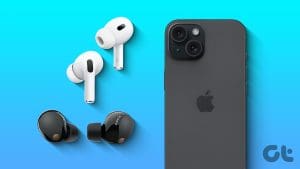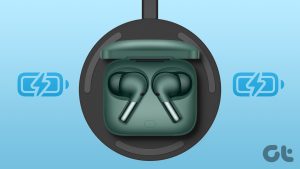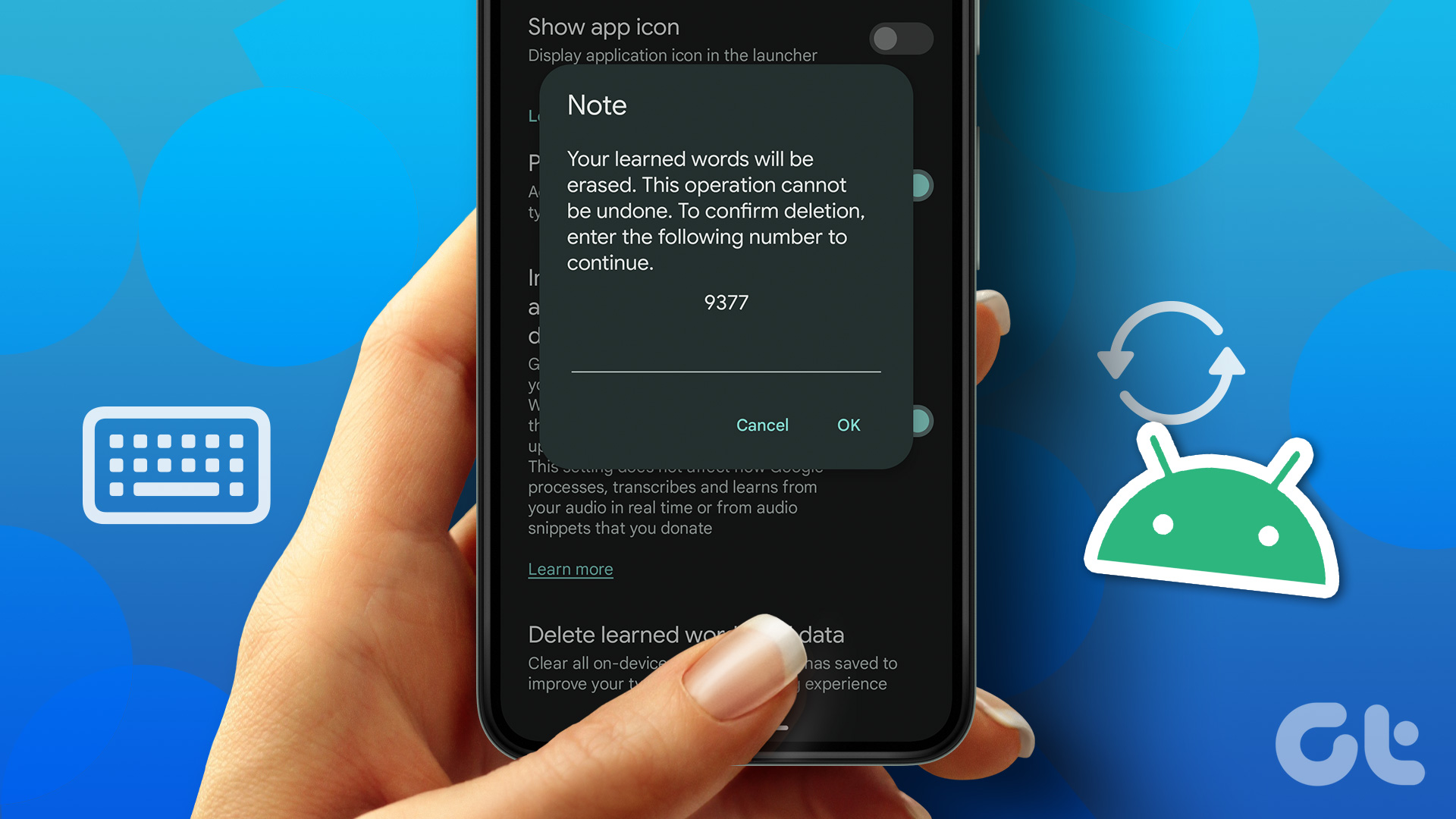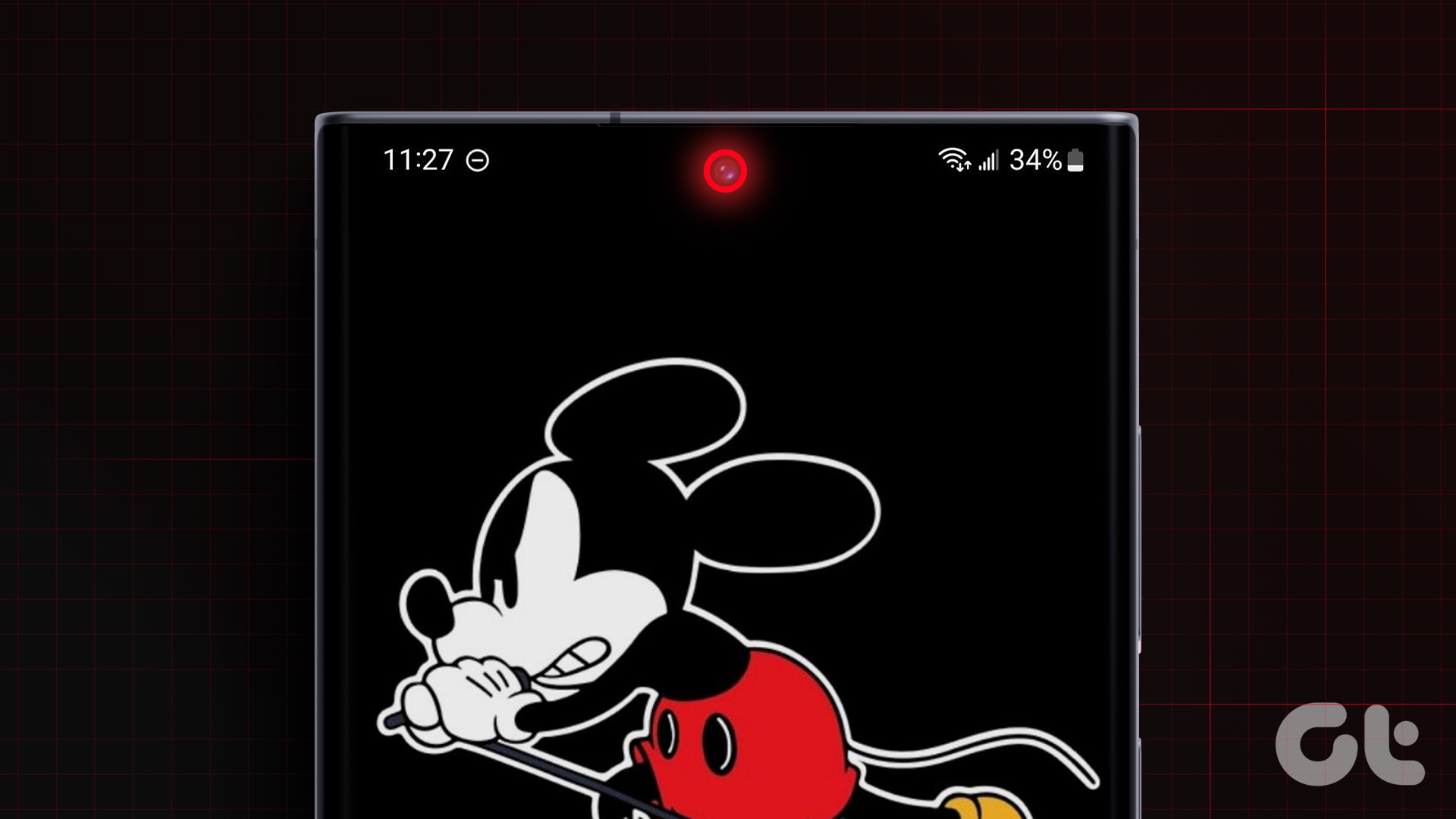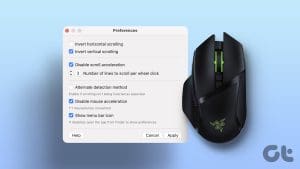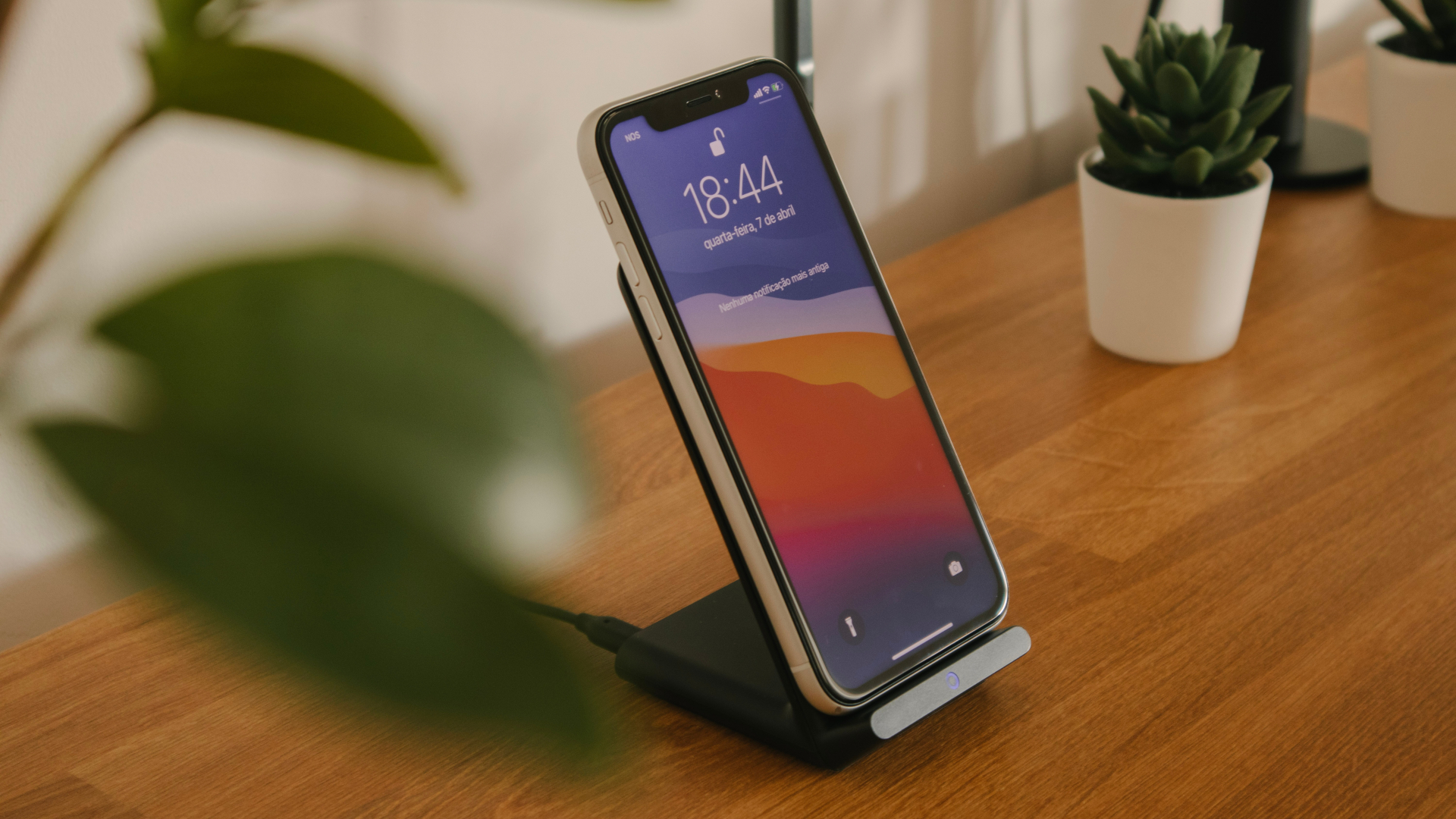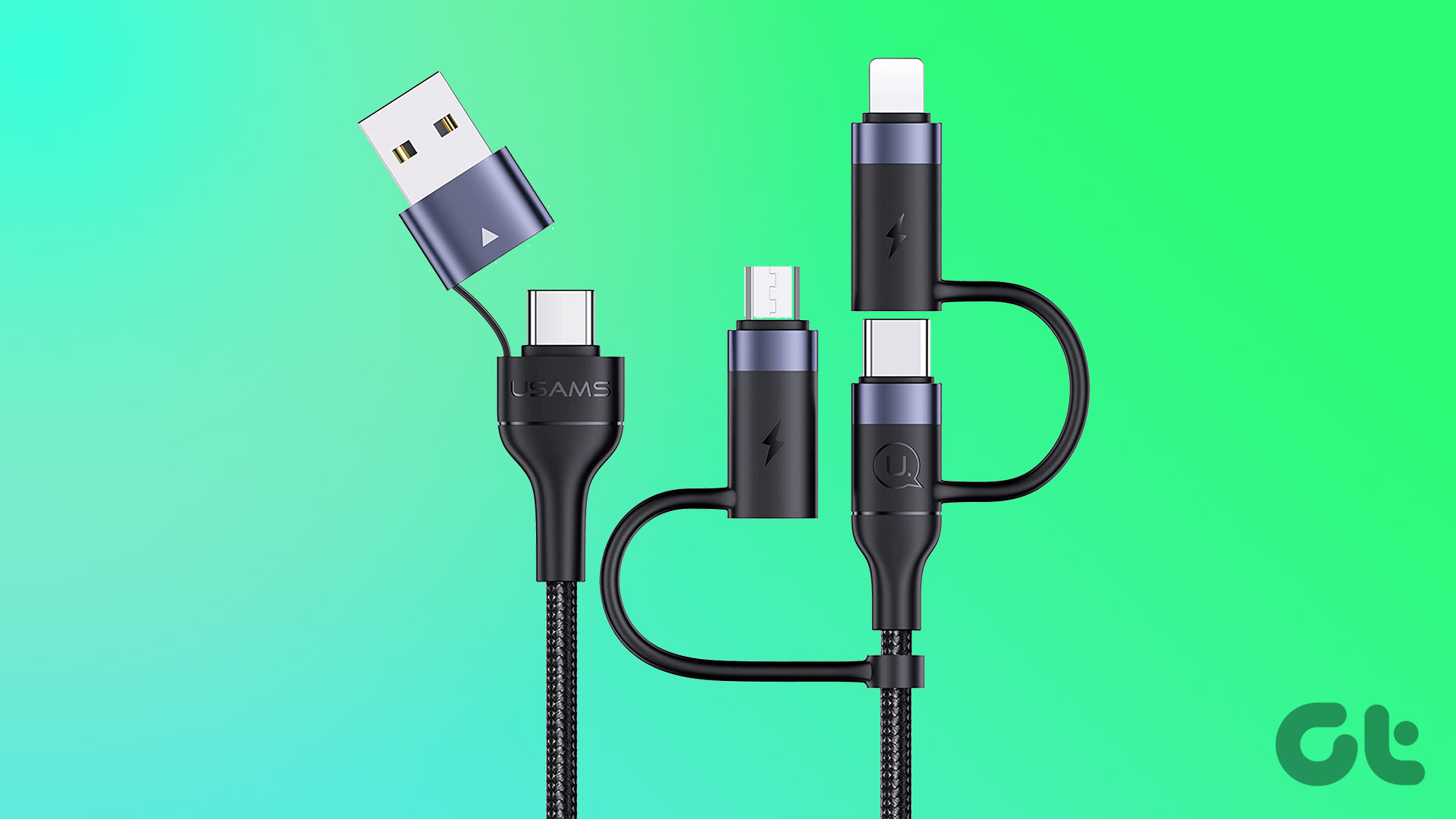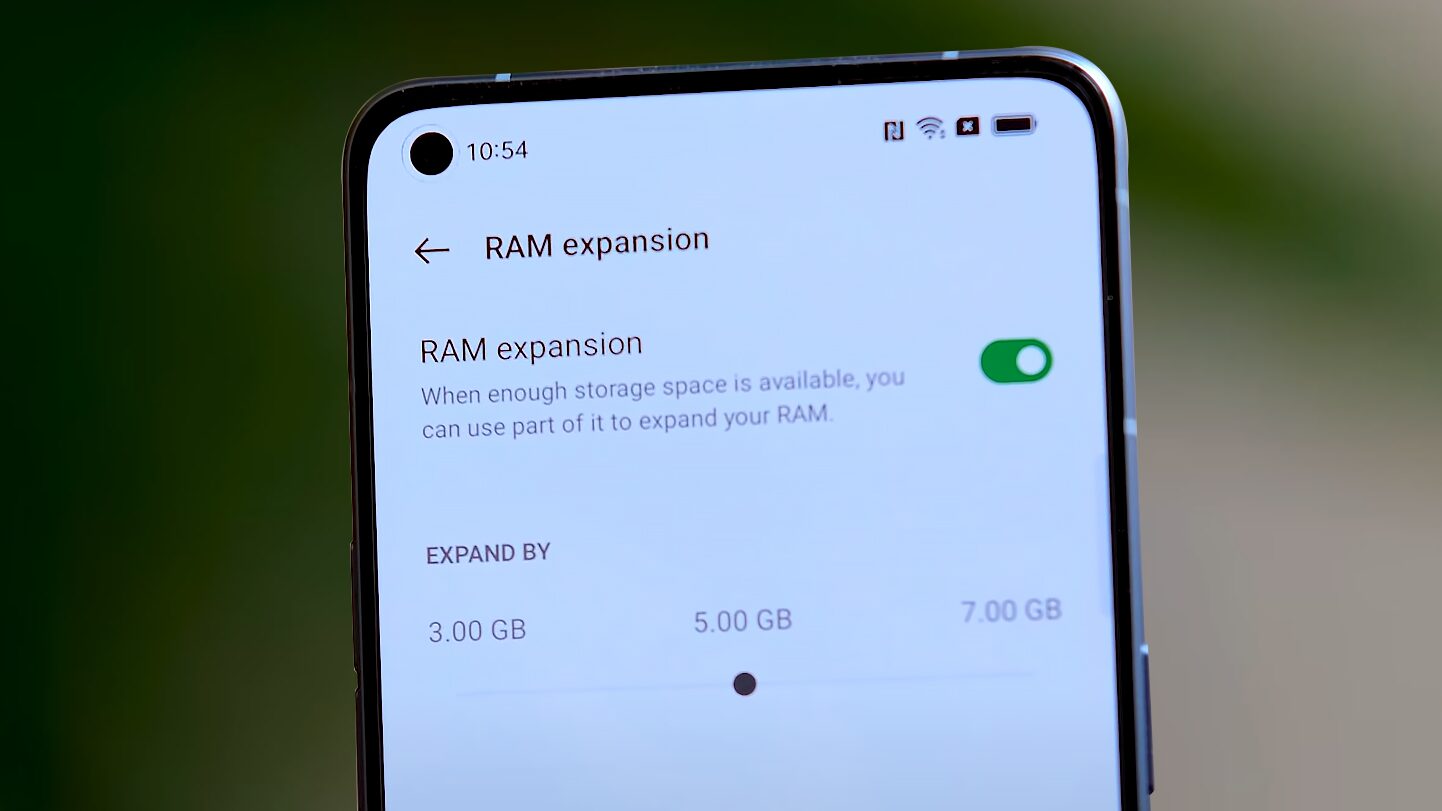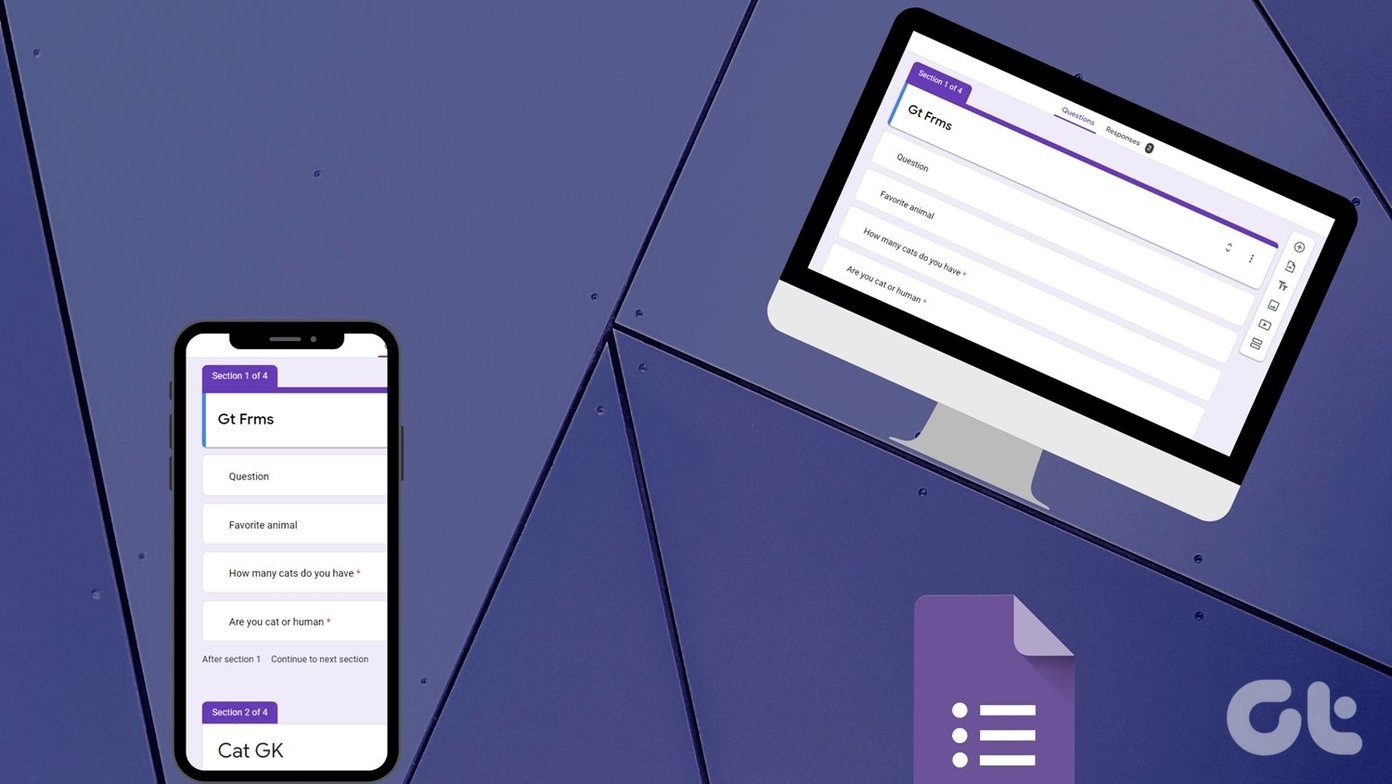Banking on the success of the wireless charging feature on a phone, manufacturers decided to expand on it in a rather intriguing and unexpected way. You could use smartphones that supported wireless charging, as a wireless charger to charge other devices – this is called Reverse wireless charging, and here’s everything you need to know.
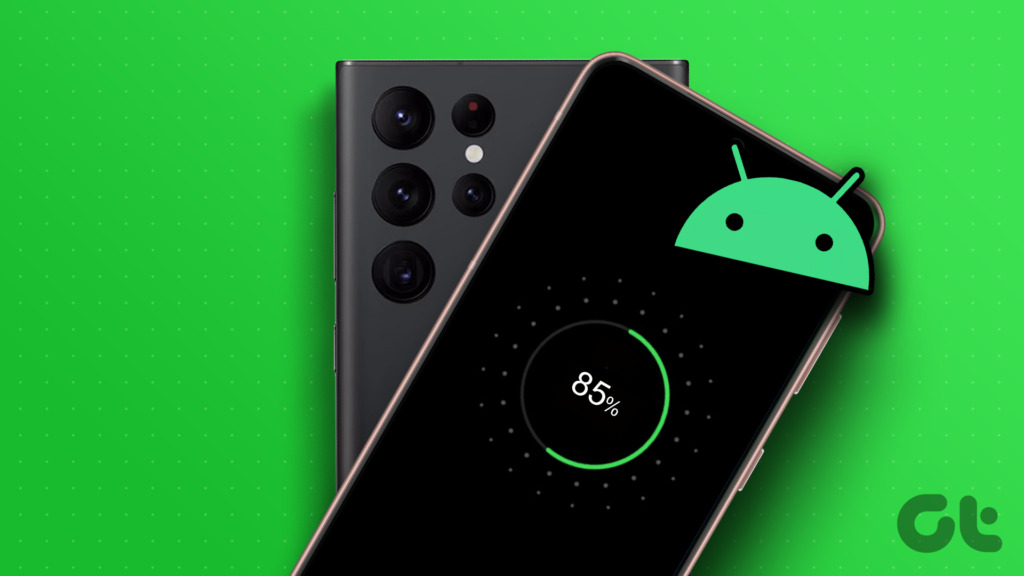
About four years ago, Huawei announced the Mate 20 Pro with reverse wireless charging, and since then, many flagship phones have followed suit. In this article, let’s understand what this feature is about.
Further, you might want to make your next smartphone purchase with reverse wireless charging if you find it appealing. However, if you recently bought a shiny new Android flagship device – chances are it already has the feature included. If that is the case, we’ll show you how to enable it. Let’s begin with the basics.
What is Reverse Wireless Charging
Reverse wireless charging isn’t any different from standard wireless charging. Except that you are using your phone as the wireless charging pad. So, if you are trying to understand how this works – a better question to ask is what is wireless charging?

Wireless charging is the ability to charge your device without plugging any wires or cables into its ports. Instead, you can use a wireless charging pad to transfer power through electromagnetic induction. The technology that enables us to do it is called Qi charging. The same physics is also involved in reverse charging.
How Does Reverse Wireless Charging Work
The phone with reverse wireless charging has a coil that carries AC current. This current generates a magnetic field around the same. The device that you want to charge wirelessly also has a similar coil.
Therefore, when you bring the two coils in contact, the magnetic field from the coils in the wireless charger (phone with reverse wireless charging) will induce an electric current in the device’s coil that wants to charge wirelessly – this coil is connected to a battery to which the current flows and hence, is recharged.
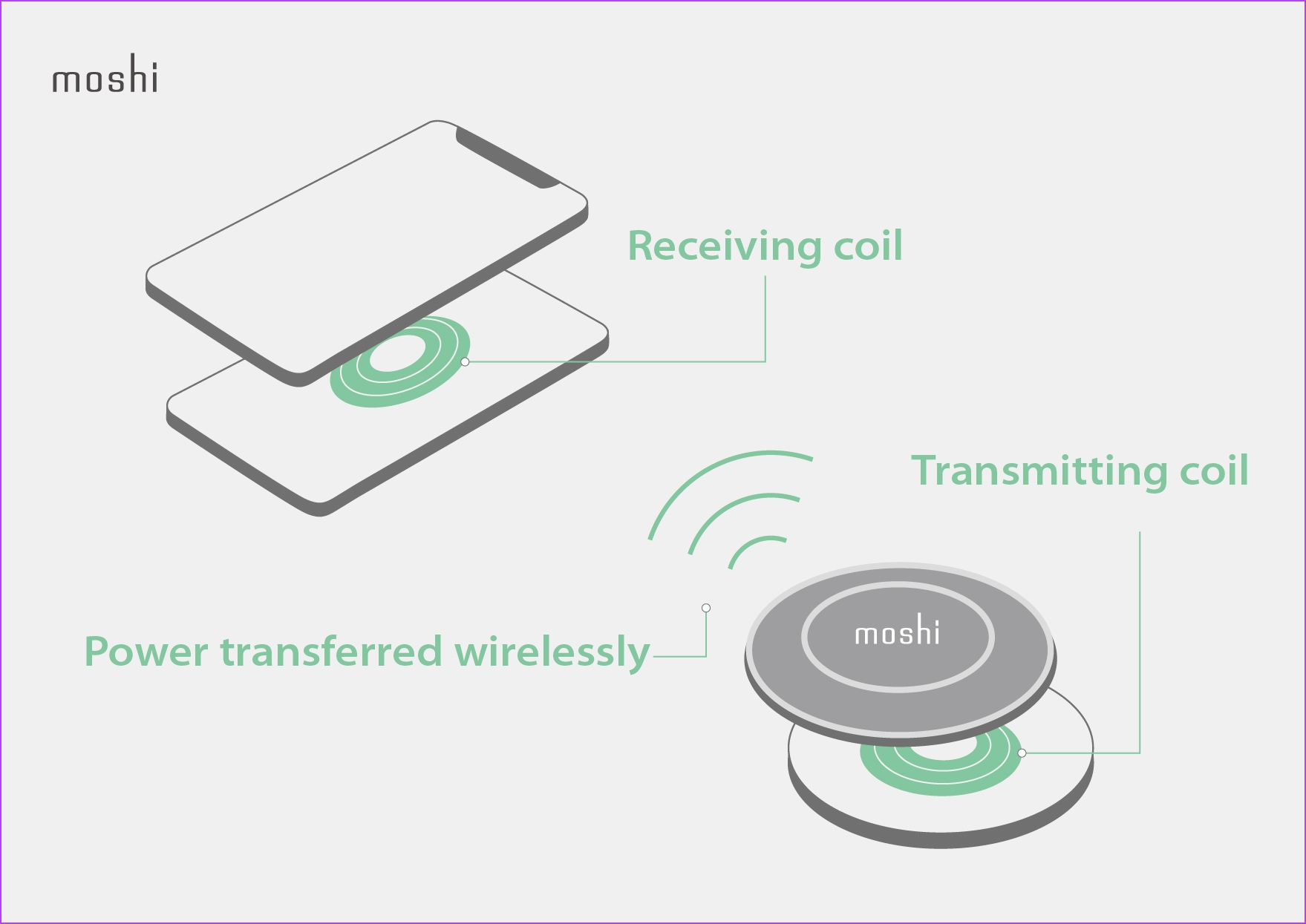
When Can I Use Reverse Wireless Charging
Using reverse wireless charging, you can charge a phone, tablet, Bluetooth earphones, and any device that supports wireless charging. However, the intent behind reverse wireless charging is that you can turn your device into a power source under dire circumstances.
Since your phone only has a limited amount of power, it’s ideal to transfer the same to another device using reverse wireless charging only for a quick battery boost. It is best suited for charging your wireless accessories.
Now that we’re aware of the basics, you might be asking how fast is reverse wireless charging, and if it is even worth the premium. Let us find out more.
How Fast Is Reverse Wireless Charging
There is a lot of debate as to whether reverse wireless charging is an effective feature or another gimmick to boost sales. We’re confident that it isn’t the latter. However, some might argue that it is indeed a gimmick because it isn’t fast enough in comparison to using a power source from a wall outlet.
Well, it isn’t fast enough, but it also isn’t a fair comparison. Reverse wireless charging is in no way meant as a replacement or even as an alternative to using wireless charging on a wall power outlet.
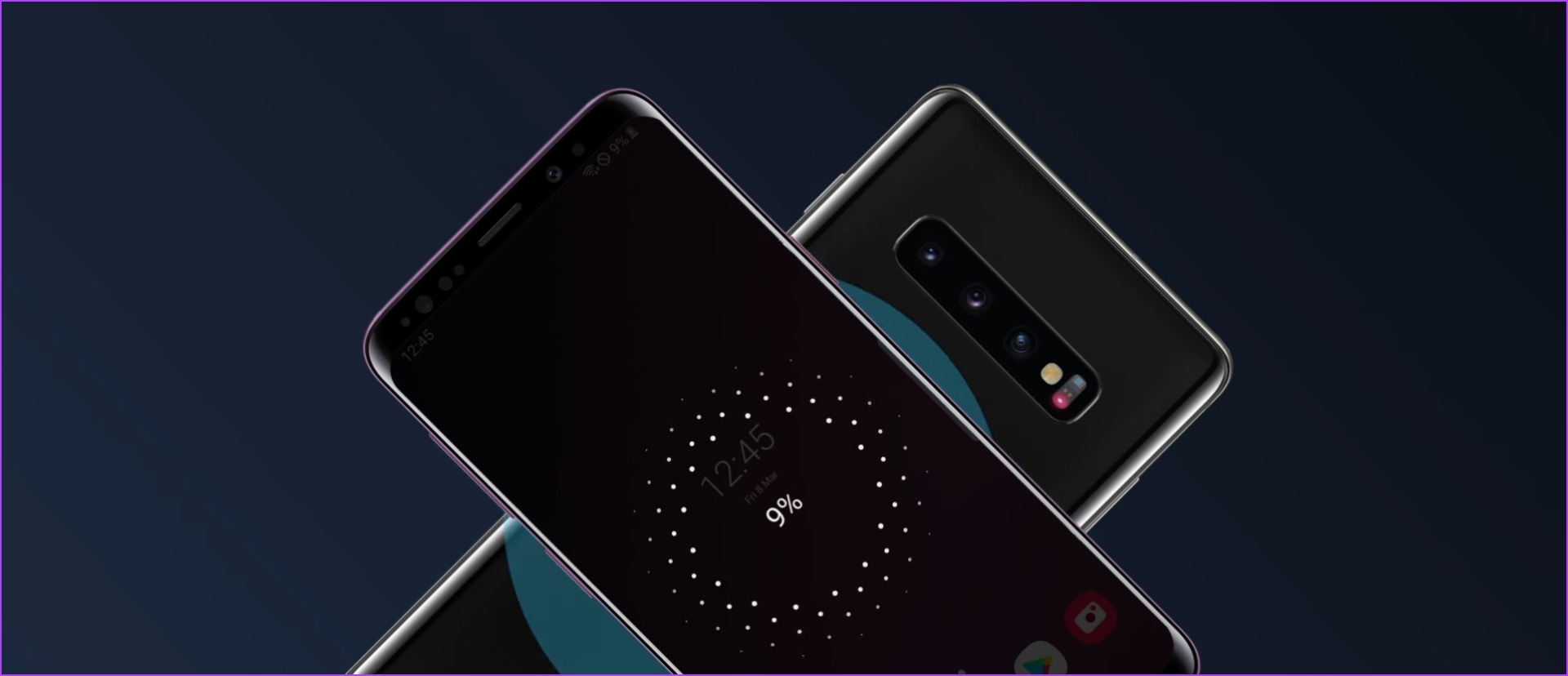
To answer the question – reverse wireless charging speeds are around 4.5W to 5W on most devices. However, newer devices support reverse wireless charging up to 10W. Therefore, it is barely enough to charge a phone quickly. Nevertheless, as mentioned earlier, it is ideal to charge an accessory that requires less amount of power.
Let us now take a look at the devices that support wireless charging.
Phones that Support Reverse Wireless Charging
Reverse wireless charging requires two devices – one that can provide reverse wireless charging and the other that can accept the same. A device that supports Qi wireless charging is also compatible to receive power from another smartphone through reverse wireless charging.
Therefore, devices with wireless charging are compatible to be charged wirelessly from another phone that supports reverse wireless charging.

However, not all devices that support wireless charging can provide power wirelessly through reverse wireless charging.
Here’s a table of all the devices that currently support reverse wireless charging. Unfortunately, Apple devices miss out since no iPhone currently supports reverse wireless charging. However, an iPhone can be charged wirelessly from another phone that supports reverse wireless charging.
| Samsung | Galaxy S21, S21+, and S21 Ultra Note20 5G and Note20 Ultra 5G Galaxy Note10, Note10+, and Note10+ 5G Galaxy Fold and Z Fold2 Galaxy Z Flip and Galaxy Z Flip 5G Galaxy S20 5G, S20+ 5G, S20 Ultra 5G, and S20 FE Galaxy S10e, S10, S10+, and S10 5G |
| OnePlus | OnePlus 9 Pro OnePlus 8 Pro OnePlus 10 Pro |
| Oppo | Oppo Find X2 Pro Oppo Find X3 Pro Oppo Find X6 Pro Oppo Find X5 Pro Oppo Reno5 Pro+ 5G Oppo Ace2 Oppo Ace2 EVA Limited Edition |
| vivo | vivo X Note vivo X90 Pro + vivo X90 Pro vivo X80 Pro vivo X70 Pro + vivo X Fold vivo X Fold + |
| Xiaomi | Xiaomi 11 Ultra Xiaomi 12 and Mi 12 Pro Xiaomi 13 Xiaomi 13 Pro Xiaomi 10 Ultra Xiaomi 10 Pro Xiaomi 10 Xiaomi 9 Pro 5G |
| Pixel | Pixel 7 Pixel 7 Pro Pixel 6 Pro Pixel 6 Pixel 5 |
| Nothing | Nothing Phone 1 |
These are all the popular devices that support reverse wireless charging. However, many more devices support it, therefore go through the specification sheet of the device in consideration. Lastly, let us take a look at how to enable reverse wireless charging if your device supports it.
Enable Reverse Wireless Charging on Your Android Smartphones
Here are the instructions to enable reverse wireless charging on your Android device. We’ve used a OnePlus device to demonstrate the process. However, the steps remain the same for other Android devices too.
Step 1: Open the Settings app.
Step 2: Tap on Battery.

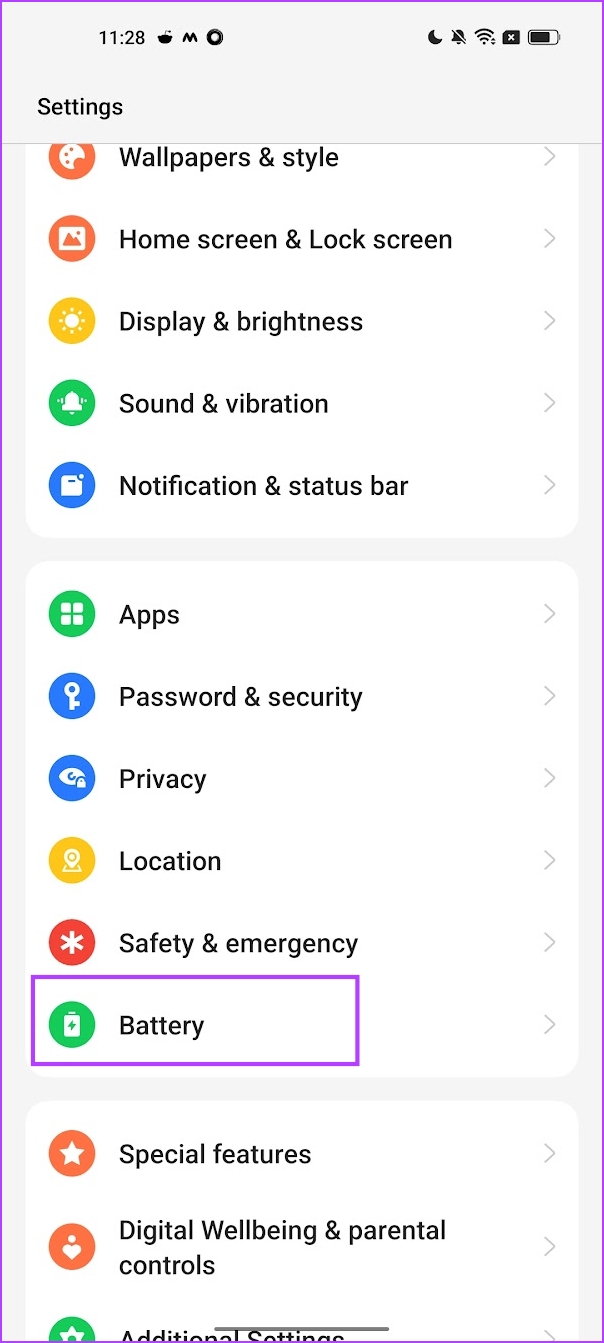
Step 3: Tap on ‘Reverse Wireless Charging’.
Step 4: Turn on the toggle for ‘Reverse wireless charging’.
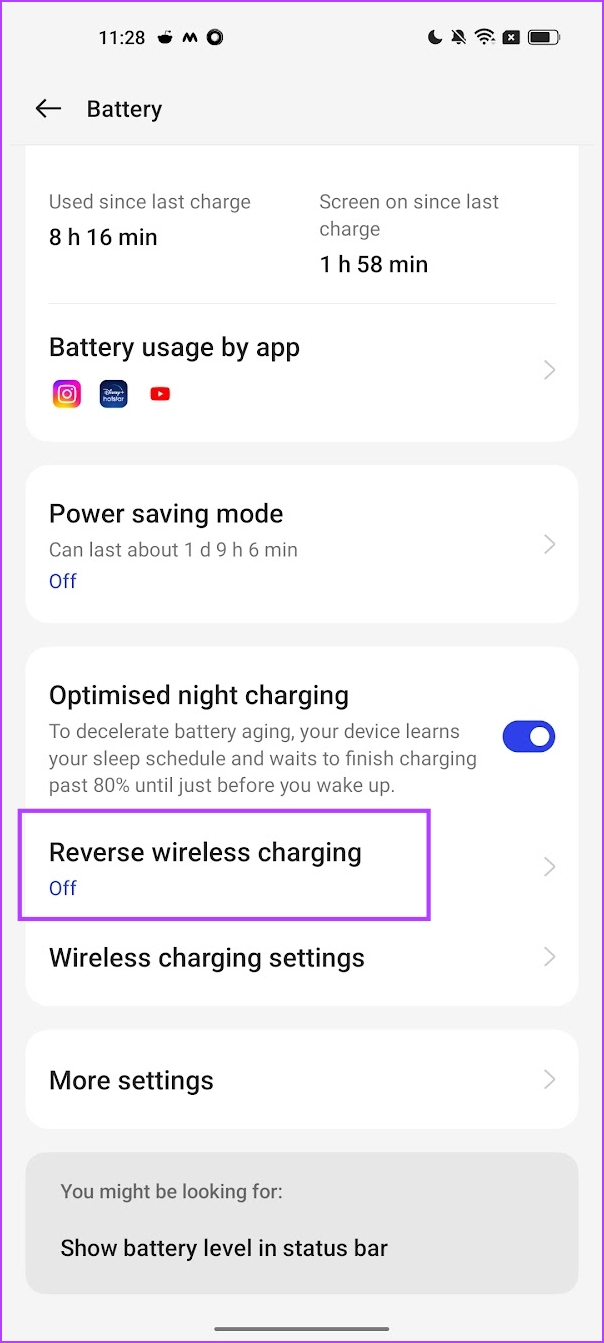
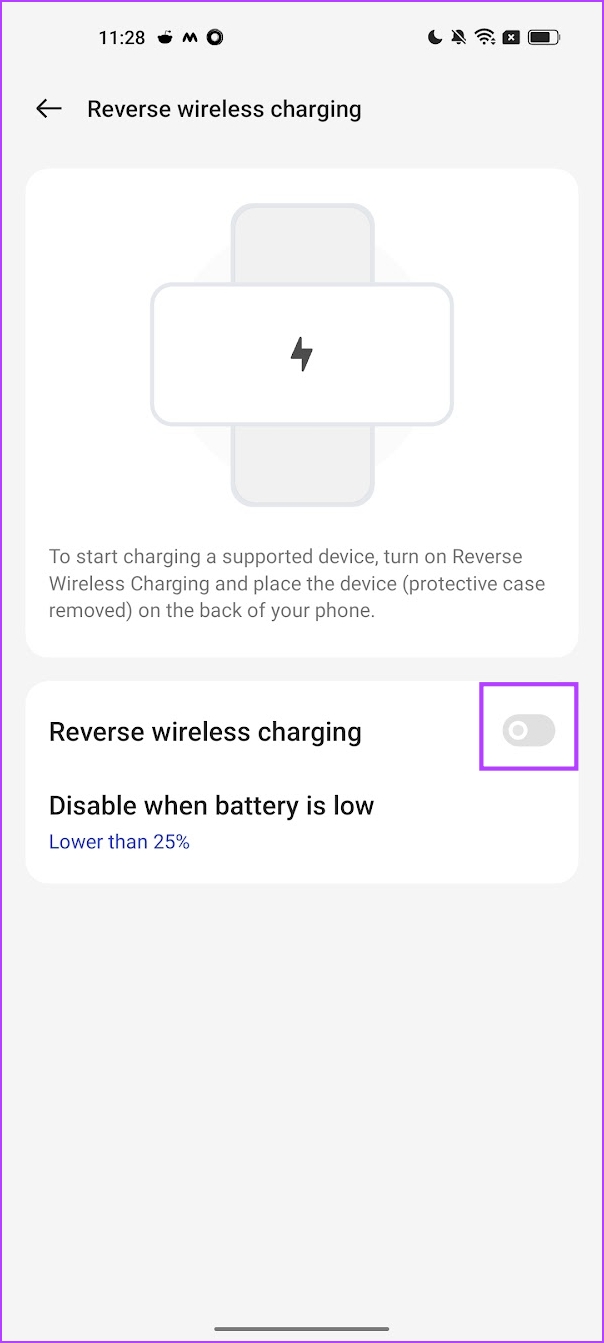
There’s also an option to automatically disable reverse wireless charging if the battery level drops below a certain level. However, the minimum amount of battery percentage required to charge another device wirelessly stands at 25%. But this minimum requirement can vary according to different devices.
Also read: How to fix wireless power sharing not working on Samsung Galaxy phones.
There you go, that is everything you need to know on how to use reverse wireless charging on your Android device. However, if you have any further questions on the same, you can take a look at our FAQ section below.
FAQs on Reverse Wireless Charging
No, iPhone 14 does not support reverse wireless charging. However, you can charge your iPhone via reverse wireless charging from another supporting device.
Reverse wireless charging on most devices ranges from 4.5W to 10W.
Yes. Samsung Galaxy S23, S23 Plus, and S23 Ultra support reverse wireless charging through Samsung Powershare.
Since the power output is rated low and does not exceed your device’s capability, reverse wireless charging will not damage the battery.
Use Reverse Wireless Charging Easily
We hope this article helped you understand reverse wireless charging and how to use it if your device supports the same.
However, we are excited to see how Apple goes about introducing bilateral wireless charging in the next iPhone. This can help as many iPhone users carry an Apple Watch and AirPods alongside, hence it can help for a quick power boost!
Was this helpful?
Last updated on 19 May, 2023
The article above may contain affiliate links which help support Guiding Tech. The content remains unbiased and authentic and will never affect our editorial integrity.

